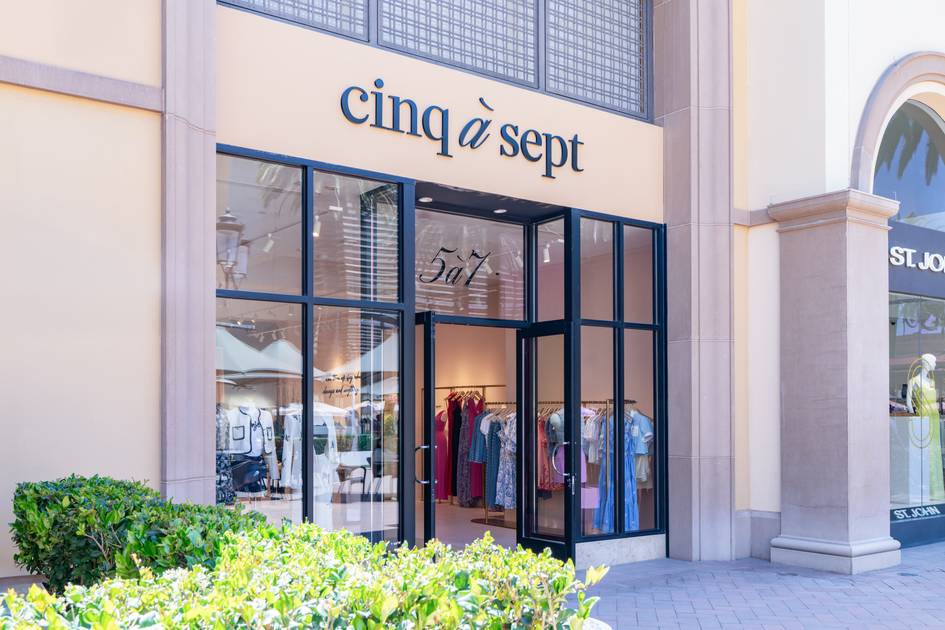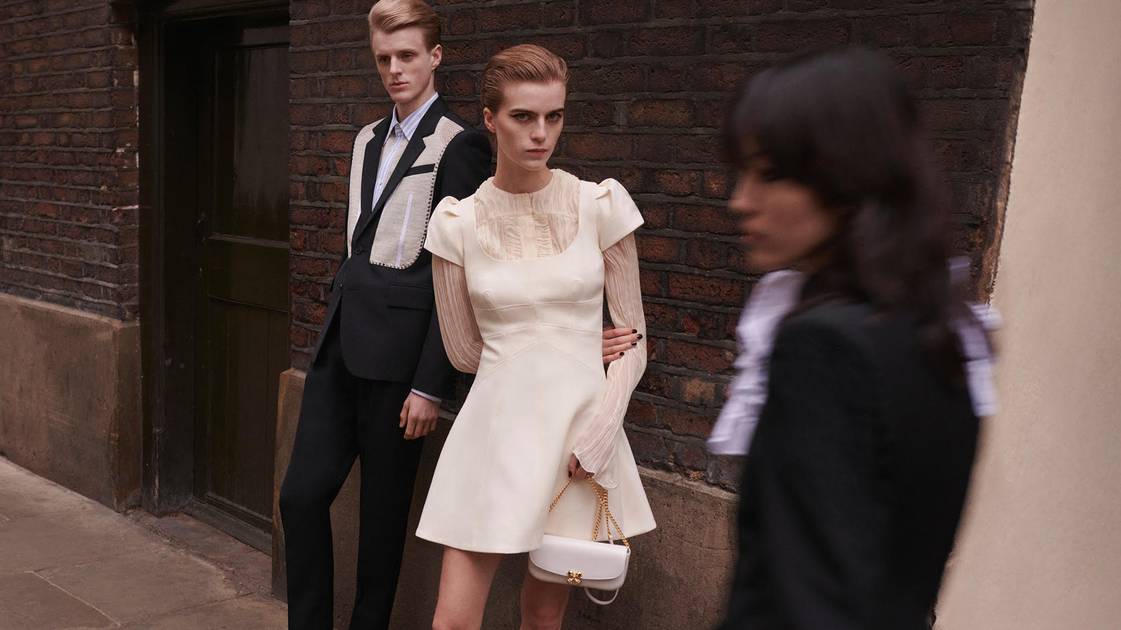Louis Vuitton bets on nostalgia with final Murakami drop
Louis Vuitton x Murakami Chapter 3 Campaign Credits: Courtesy Louis Vuitton Louis Vuitton has unveiled the third and final installment of its re-edition partnership with Japanese contemporary artist Takashi Murakami. This chapter, marking the 20th anniversary of their initial 2003 collaboration, not only leverages nostalgia but also reflects a calculated attempt by parent company LVMH to invigorate consumer interest through cultural capital and collectible appeal. The collection, which coincides with the launch of Vuitton’s 2025 Resort line, once again taps actress and brand ambassador Zendaya, who features in a Mediterranean-inspired campaign shot by Inez and Vinoodh. This instalment reintroduces Murakami’s playful “Cherry” motif—two gleaming, kawaii-style cherries on a verdant stalk—across more than 70 items ranging from leather goods and footwear to whimsical seasonal items including a bicycle, silk scarves, and even a deck chair. But beyond the playfulness lies a serious business rationale. In a climate where aspirational buyers are pulling back amid inflationary pressures, and with China’s luxury rebound proving less robust than hoped, LVMH is relying on well-established brand storytelling to sustain desirability. “Murakami for Louis Vuitton” is not merely a design collaboration; it is fashion mythology. Originally conceived under then-creative director Marc Jacobs, the partnership introduced a vibrant pop-art palette to the subdued Monogram canvas and helped redefine luxury’s visual language for the early 2000s. The new release updates this formula with high-tech treatments—multi-step serigraphy, 3D-printing finishes, and Cherry-shaped heels—underscoring Vuitton’s ability to blend heritage with innovation. Of particular note is the new Monogram in white, a “blank canvas” for Murakami’s joyful aesthetic that plays directly into the collectible nature of the pieces. Key icons such as the Speedy, Alma, and Capucines bags have been reimagined with hidden charms and embellished motifs, designed to captivate both seasoned collectors and a new, Gen-Z audience steeped in digital fandom and nostalgia. A commercial cushion and cultural bridge For LVMH, which reported a marked slowdown in fashion and leather goods growth in Q1 2025 compared to its pandemic-era highs, the timing of this reissue is telling. With younger consumers increasingly drawn to "investment pieces" and limited editions, the Murakami re-edition serves as both a commercial cushion and a cultural bridge—connecting Louis Vuitton’s heritage with its future in collectible, cross-generational luxury. Moreover, the emphasis on joyful escapism—a Mediterranean setting, breezy fabrics, and vacation-ready silhouettes—matches current consumer desires for experiential and emotionally resonant purchases. As fast fashion makes everything feel less unique and luxury tries to stay relevant, collaborations like this show why some partnerships stand the test of time. The final chapter of Louis Vuitton × Murakami doesn’t just mark the end of a big-name collaboration—it highlights how emotionally driven, artist-led design can help keep a brand moving forward. In a crowded market where everyone’s trying to stay relevant, Vuitton is leaning into legacy. And for now, that seems to be working.
Louis Vuitton has unveiled the third and final installment of its re-edition partnership with Japanese contemporary artist Takashi Murakami. This chapter, marking the 20th anniversary of their initial 2003 collaboration, not only leverages nostalgia but also reflects a calculated attempt by parent company LVMH to invigorate consumer interest through cultural capital and collectible appeal.
The collection, which coincides with the launch of Vuitton’s 2025 Resort line, once again taps actress and brand ambassador Zendaya, who features in a Mediterranean-inspired campaign shot by Inez and Vinoodh. This instalment reintroduces Murakami’s playful “Cherry” motif—two gleaming, kawaii-style cherries on a verdant stalk—across more than 70 items ranging from leather goods and footwear to whimsical seasonal items including a bicycle, silk scarves, and even a deck chair.
But beyond the playfulness lies a serious business rationale. In a climate where aspirational buyers are pulling back amid inflationary pressures, and with China’s luxury rebound proving less robust than hoped, LVMH is relying on well-established brand storytelling to sustain desirability. “Murakami for Louis Vuitton” is not merely a design collaboration; it is fashion mythology. Originally conceived under then-creative director Marc Jacobs, the partnership introduced a vibrant pop-art palette to the subdued Monogram canvas and helped redefine luxury’s visual language for the early 2000s.
The new release updates this formula with high-tech treatments—multi-step serigraphy, 3D-printing finishes, and Cherry-shaped heels—underscoring Vuitton’s ability to blend heritage with innovation. Of particular note is the new Monogram in white, a “blank canvas” for Murakami’s joyful aesthetic that plays directly into the collectible nature of the pieces. Key icons such as the Speedy, Alma, and Capucines bags have been reimagined with hidden charms and embellished motifs, designed to captivate both seasoned collectors and a new, Gen-Z audience steeped in digital fandom and nostalgia.
A commercial cushion and cultural bridge
For LVMH, which reported a marked slowdown in fashion and leather goods growth in Q1 2025 compared to its pandemic-era highs, the timing of this reissue is telling. With younger consumers increasingly drawn to "investment pieces" and limited editions, the Murakami re-edition serves as both a commercial cushion and a cultural bridge—connecting Louis Vuitton’s heritage with its future in collectible, cross-generational luxury.
Moreover, the emphasis on joyful escapism—a Mediterranean setting, breezy fabrics, and vacation-ready silhouettes—matches current consumer desires for experiential and emotionally resonant purchases. As fast fashion makes everything feel less unique and luxury tries to stay relevant, collaborations like this show why some partnerships stand the test of time.
The final chapter of Louis Vuitton × Murakami doesn’t just mark the end of a big-name collaboration—it highlights how emotionally driven, artist-led design can help keep a brand moving forward. In a crowded market where everyone’s trying to stay relevant, Vuitton is leaning into legacy. And for now, that seems to be working.




















































































































































